August 6, 2025 | 22:54 GMT +7
August 6, 2025 | 22:54 GMT +7
Hotline: 0913.378.918
August 6, 2025 | 22:54 GMT +7
Hotline: 0913.378.918
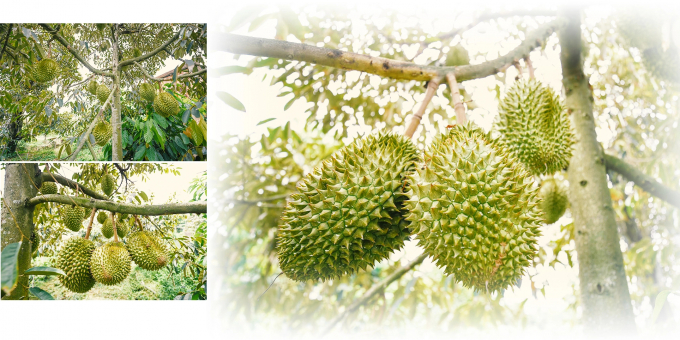
Durian is grown in the Mekong Delta, Southeast and Central Highlands. The durian previously ripened from May to October, but it now gives fruit all year round thanks to advanced technology, bringing high profits of billions of Vietnamese dong per hectare for gardeners.
Gardeners have imported the best durian varieties from Malaysia such as Musan King and Ochee. We believe that in the next 4 or 5 years, Musang King will dominate the domestic market and be exported much because growers have planted this variety a lot.
There are currently 4 varieties of durian being grown popularly in the South.
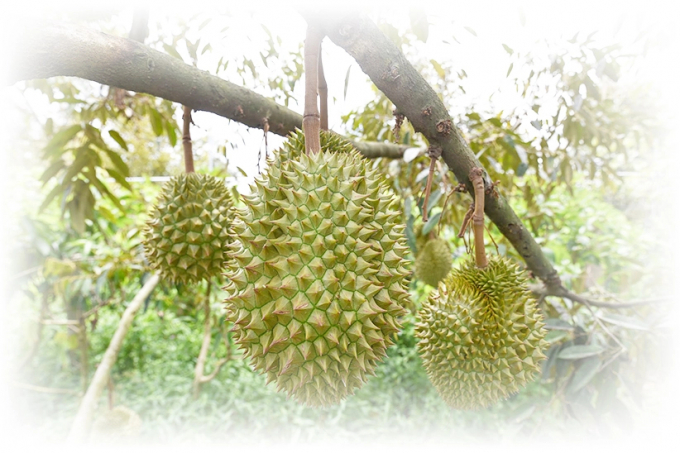
Mongthong durian variety was originated from Thailand and was firstly planted by Colonel Hai Tan in Ben Cat district of Binh Duong Province. It was introduced for the first time at the Delicious Fruit Contest held at the Southern Fruit Institute in 1999.
This variety is grown by many Vietnamese farmers because of its high yield. A Monthong fruit weighes 4-6 kilo, much higher than the domestic durian with only 1.2-2 kilo. However, its flesh not as good as domestic durian such as Ri6, 9 Hoa and Chuong bo.
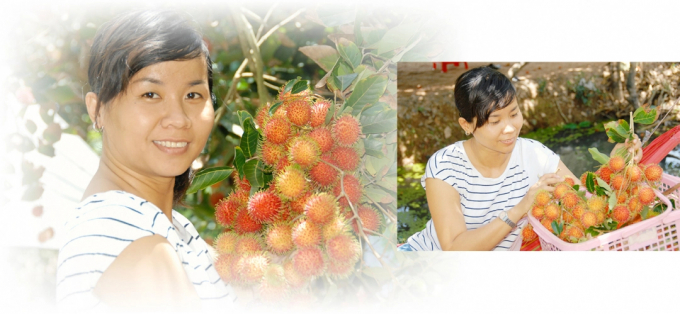
Rambutan trees are widely grown in the Mekong Delta and Southeast, there are 3 popular varieties including sugar rambutan, Java rambutan and Rong-rieng rambutan.
The rambutan varieties’ season is whole year round, so Vietnam can compete with Thai rambutan exports to the US and China.
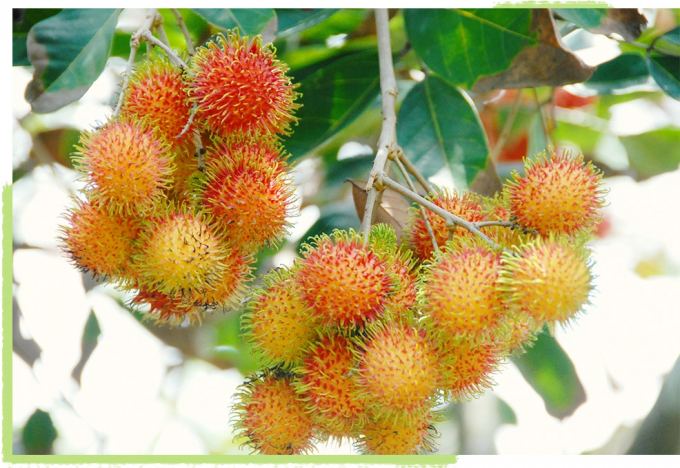
Sugar rambutan has shortest hairs, but most sweet. It is grown in the Mekong Delta and the Southeast. Meanwhile, Rong-rieng rambutan variety was imported from Thailand. It has long beard, so it is less attacked by pest than sugar rambutan. This rambutan is very sweet and has a crispy flesh, so the price is a bit higher than that of sugar rambutan.
Java rambutan is heavily degraded while its flesh does not completely peel off the seeds. In addition, the fruit quality is not equal, making the growing area is less and replaced by Rong–rieng rambutan. The price of Java rambutan is by half of others./.
Author: VAN. Translated by Trammy Nguyen. Edited by Duc Huy
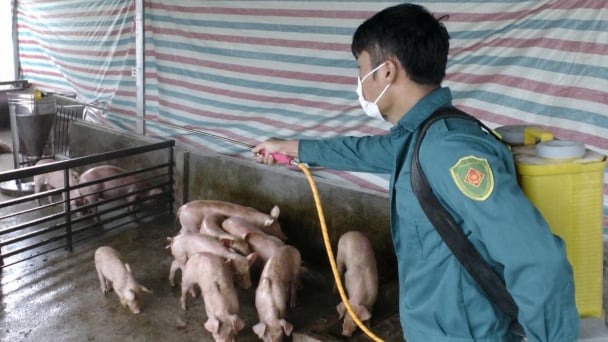
(VAN) Small-scale livestock farming is one of the reasons local veterinary forces find it difficult to prevent and control the spread of African swine fever.
![Golden sea, sustainable vision: [End] Co-management is fisherfolk’s right](https://t.ex-cdn.com/nongnghiepmoitruong.vn/608w/files/content/2025/08/04/z6872967320146_47448d6532da7d10bcf68e4bbb4cf464-173843_322.jpg)
(VAN) Empowering communities and building trust enable fisherfolk to stay with the sea, while creating space for environmental protection, cultural values, and rural development.
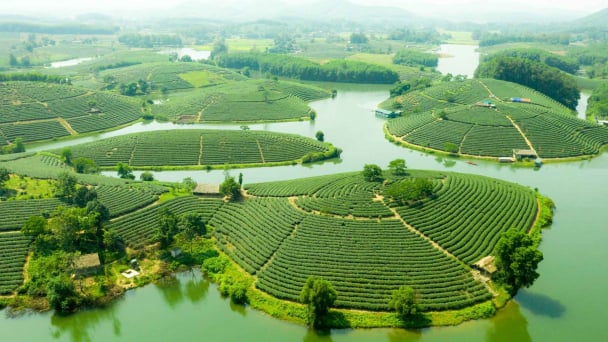
(VAN) Vietnam's tea production now hinges on adopting high-performing varieties, applying specialized cultivation techniques, promoting market-driven production models to improve farmer livelihoods.
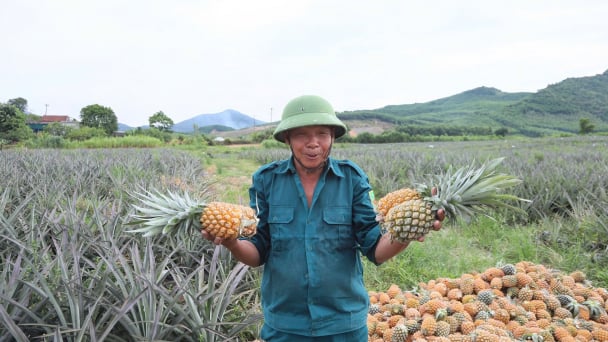
(VAN) Vietnam has considerable room for expansion, particularly as the global pineapple market grows at a stable 5 - 6% annually.
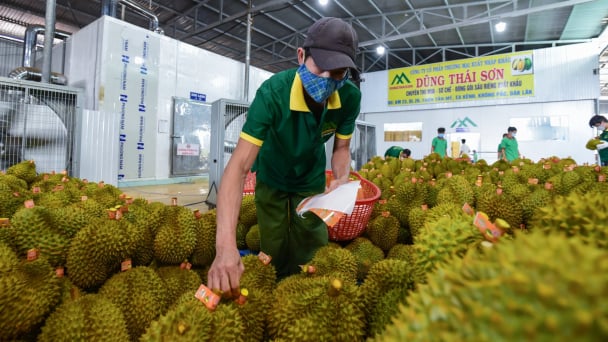
(VAN) Thanks to decisive direction and market expansion, agricultural, forestry, and fishery production has overcome difficulties, increased export value by nearly 15%, and helped stabilize the economy.
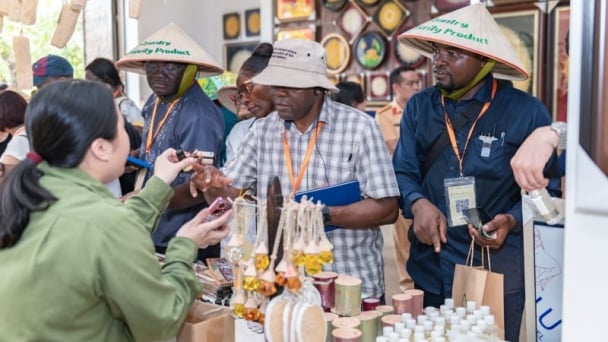
(VAN) Leveraging Free Trade Agreements (FTAs) and mobilizing Official Development Assistance (ODA) and aid, MAE is promoting a green transition throughout the entire sector, thereby strengthening its resilience to climate change.
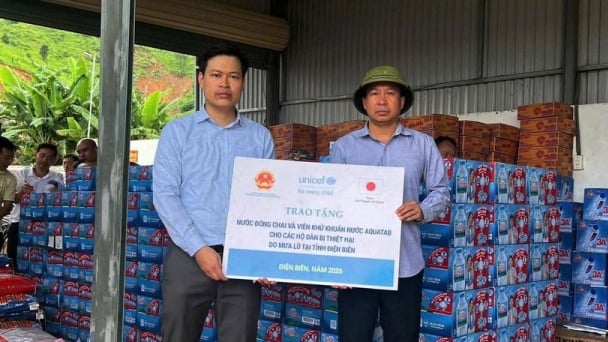
(VAN) To help residents of Dien Bien overcome the aftermath of recent floods, VDDMA, in coordination with UNICEF and Acecook, has provided clean water, water purification tablets, and essential food supplies.